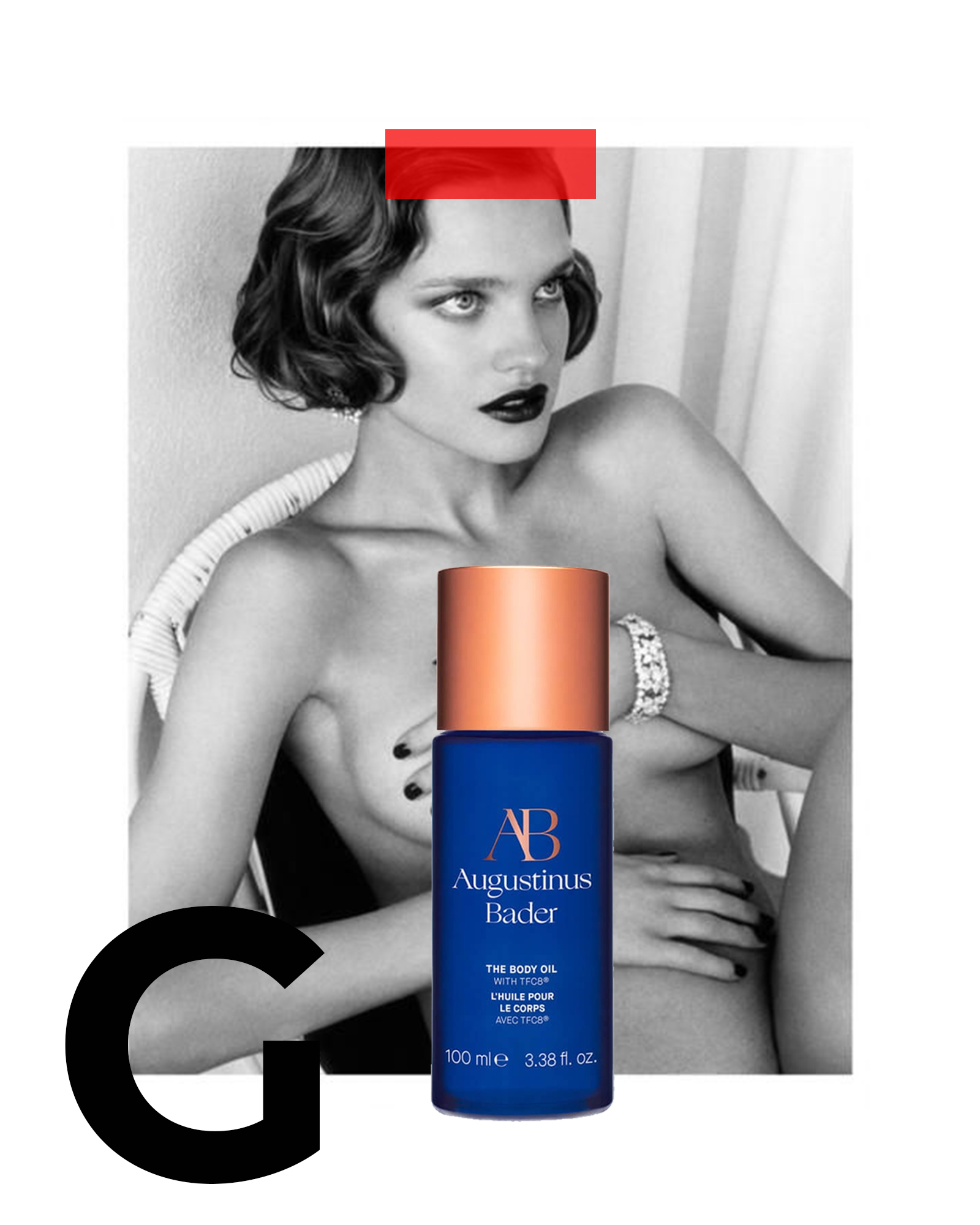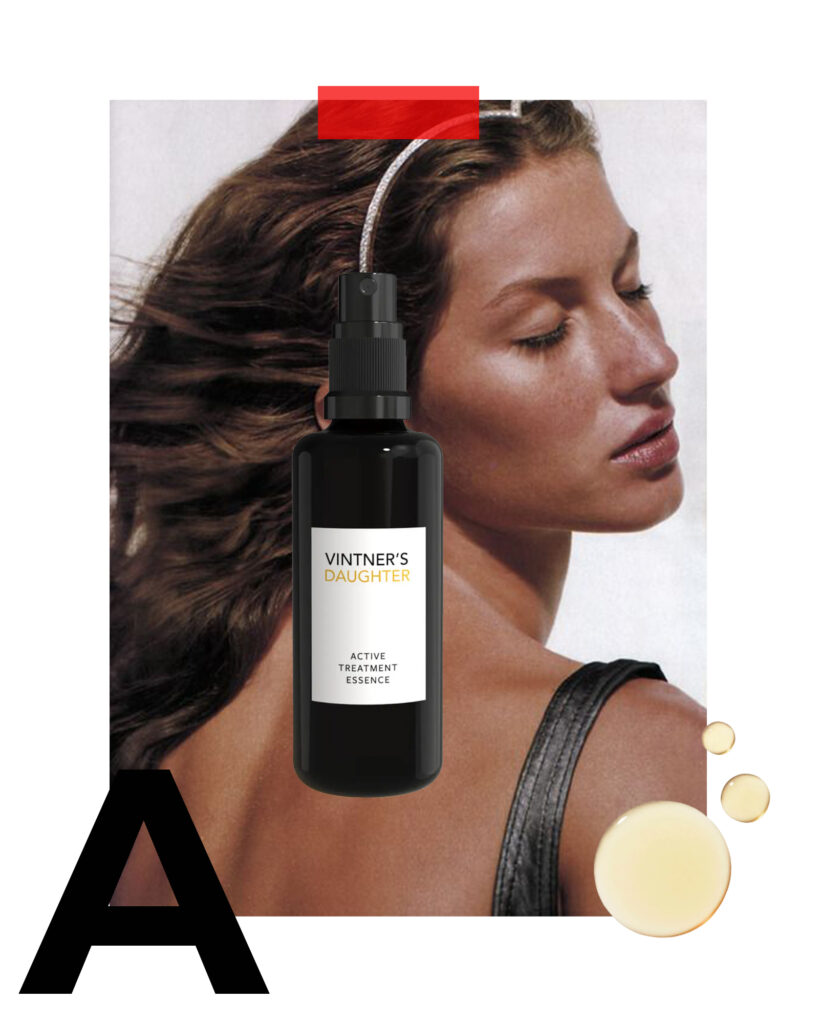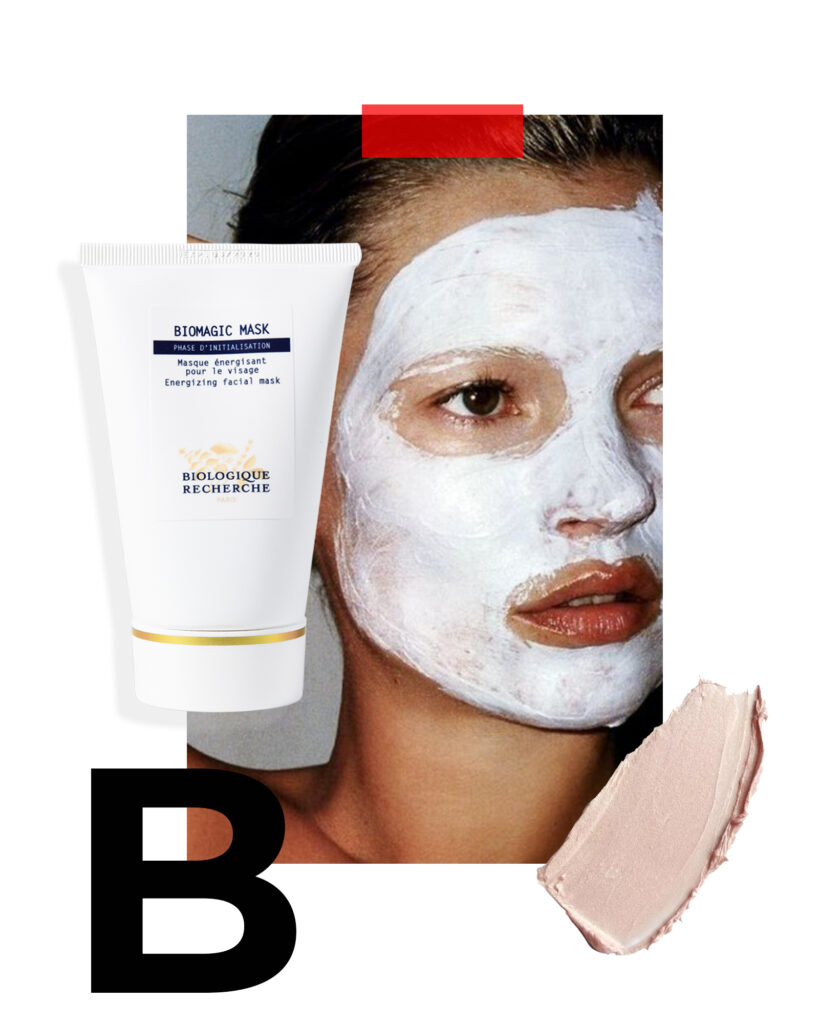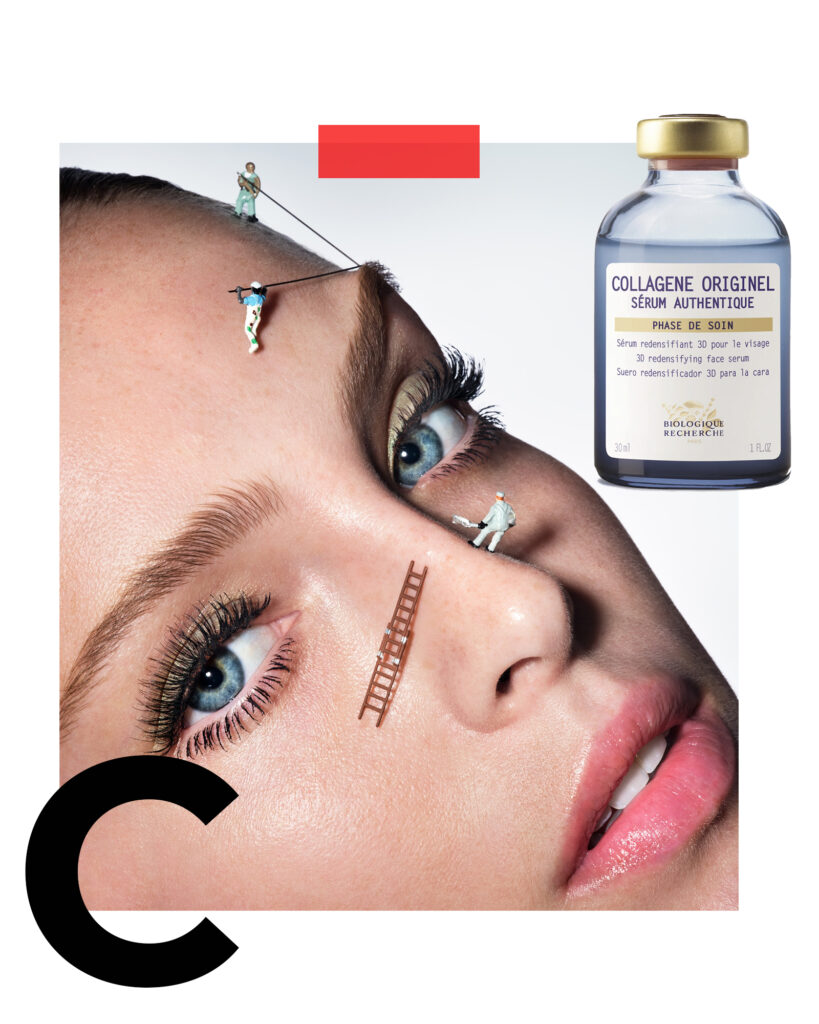Ginseng
WHAT IT DOES:
Super high in vitamins, ginseng uses powerful antioxidant properties to revitalise the skin. It is often found in creams or serums, and helps reduce the appearance of fine lines and dark spots.
HOW IT WORKS:
With a focus on the production of collagen and circulation, the vitamins in ginseng help revitalise skin cells, in turn resulting in glowing, healthy skin.
MG SAYS:
Ginseng has been used in traditional Chinese medicine for thousands of years as it is thought to promote a longer life. It can certainly promote more youthful looking skin by protecting it from ageing free radicals and encouraging the production of collagen.
Glucuronic Acid or Gluconolactone
WHAT IT DOES:
Glucuronic acid is used as a building block for hyaluronic acid belonging to a family called “PHAs” or Polyhydroxy Acids.
HOW IT WORKS:
PHAs work in similar way to AHAs in that they are hydrating and make for a more efficacious product absorption, though are far gentler on the complexion than AHAs. For this reason, PHAs are best suited to sensitive, dry or damaged skin, and will help gently buff away the surface of the skin to deliver a small amount of exfoliation.
MG SAYS:
Glucuronic acid can be used as the hero ingredient in a product, celebrated for its conditioning and nourishing properties. It can also be used as a facilitator or carrier for other active ingredients to penetrate further into the skin in the most gentle way possible.
Glycerin
WHAT IT DOES:
Glycerin is an incredibly powerful moisturising ingredient. As a humectant, it prevents dryness and scaliness by protecting and reinforcing the skin’s protective barrier as moisture is drawn into the upper layer of skin. Glycerin’s powerful moisturising properties mean it’s often used as an ingredient for treating chronic skin conditions such as psoriasis and dermatitis.
HOW IT WORKS:
Syrupy in texture and colour-free, glycerin is a skin-repairing substance found naturally in the skin— one of many that help maintain the outer barrier, and by doing so, assist in preventing the appearance of dryness or scaling. Combined with other emollients or oils, it’s a fundamental ingredient in most moisturisers.
MG SAYS:
The use of glycerin in skin care formulations provides a smooth texture and works as a humectant to draw moisture from the air and help deliver active ingredients.
Glycine (Soybean Oil)
WHAT IT DOES:
Glycine is derived from soybean amino acids, and is rich in Vitamin E, as well as some specialised proteins and minerals.
HOW IT WORKS:
Glycine firms, smoothes and is also an antioxidant, helping to inhibit UVB ray-induced skin erythema. It is wonderful for strengthening the skin and promoting cell healing.
MG SAYS:
Glycine is an amino acid that assists in the thickening and strengthening of the skin. This molecule is essential in building proteins in the skin and, when applied topically, assists in rebuilding tissue essential in the wound healing process. This is also heightened by its high levels of Vitamin E.
Glycolic Acid
WHAT IT DOES:
Glycolic acid is one of the most popular AHAs, gently buffing at the skin to reveal smooth, soft and radiant skin.
HOW IT WORKS:
Glycolic acid is a powerhouse ingredient suited to a number of different skin concerns. It is able to treat everything from acne to fine lines, as it breaks down dead skin cells to promote cell turnover. In turn, both blemishes and lines are targeted. Glycolic acid can also stimulate the production of hyaluronic acid, one of skincare’s most impressive hydrators. Glycolic acid’s versatile makeup means it can be used in everything from a simple cleanser to a complex serum or everyday night cream.
MG SAYS:
Glycolic acid has the smallest molecular structure of the AHAs making it the best for rapid or intense exfoliation. However, as it is deactivated by water, you have the power to control the intensity of the exfoliation. For a gentler exfoliation, add a little water to your glycolic acid cleanser, scrub or mask.
Glycyrrhiza (Licorice Root)
WHAT IT DOES:
Licorice root extract is championed for its extraordinary calming and soothing properties. It functions as an antioxidant and also as a tyrosinase inhibitor, which allows it to act as a brightening agent while rectifying uneven skin tone. Brightening properties aside, it is commonly found in skincare products that nourish dry or damaged skin by reducing flaking and hydrating.
HOW IT WORKS:
Licorice root contains a compound called glycyrrhizin that offers potent anti-inflammatory benefits to the skin by mimicking an all-natural “steroid-like” effect. This makes it a wonderful, naturally-derived treatment option for those struggling with reactive conditions like eczema and dermatitis. Licorice is also unique in that it naturally contains both blabridin and liquiritin, the former of which inhibits the production of melanin in the skin and the latter which disperses existing pigment.
MG SAYS:
Licorice root extract is beneficial in treating a multitude of skin concerns from sensitivity to pigmentation and excess sebum production. It is particularly effective during periods of hormonal upheaval, such as pregnancy when the skin is more susceptible to the development of irregular pigment and where the employment of synthetic tyrosinase inhibitors are not necessarily desired.
Grape Seed Oil
WHAT IT DOES:
Grape seed oil is rich in fatty acids, plus linoleic acid and a host of hardworking vitamins. This allows it to help plump, hydrate and clarify the skin.
HOW IT WORKS:
As grape seed oil is rich in antioxidants, it can be a powerful ingredient in combating free radical damage, especially damage caused by the sun. Thanks to the linoleic acid, grape seed oil also hydrates and soothes, and Vitamins C and E help nourish, smooth and protect.
MG SAYS:
This replenishing oil is easily absorbed by the body and can be used for reducing the appearance of age spots, as well as wrinkles and stretch marks.





